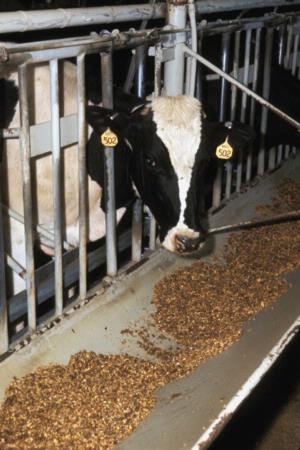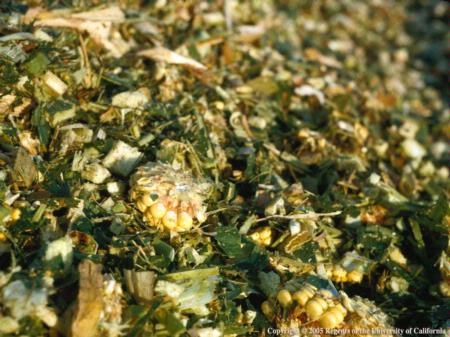Posts Tagged: ozone
Valley ozone story takes off
Research by UC Davis scientists that revealed a substantial amount of San Joaquin Valley ozone is generated by animal feed is getting wide coverage in the news media. Google News reported 126 articles on the subject.
Many newspapers ran the Associated Press version of the story, written by Fresno-based Tracie Cone. She reported that the study — funded by the U.S. Department of Agriculture, California Air Resources Board and the San Joaquin Valley Air Pollution Control District — was initially intended to measure the impact of animal manure, urine and flatulence on ozone levels.
However, the researchers discovered that millions of tons of fermenting cattle feed bears greater responsibility.
Mark Grossi of the Fresno Bee noted in his story that the study was published last month in the journal Environmental Science & Technology. This week's flurry of interest was generated by an April 21 news feed from the American Chemical Society press office. ACS publishes the journal.
In his story, Grossi wrote that the cattle feed explains only half of the Valley's ozone problem. The other half, Nitrogen oxide, or NOx, comes from vehicles. San Joaquin Valley Air Pollution Control District believes NOx is more important to control, the Bee article said.Meanwhile, Capital Press reported yesterday that the U.S. Environmental Protection Agency has rescinded its long-standing exemptions for agriculture under emission-control rules.
"Air quality in the San Joaquin Valley is consistently among the worst in the nation," said Deborah Jordan, director of the Air Division for the EPA's Pacific Southwest region, in a statement. "New and modified facilities will now be subject to the most stringent requirements, which will contribute to the health of our communities."

A dairy cow eats its rations.
Animal feed generates lots of valley ozone
Scientists have been puzzled by the fact that the San Joaquin Valley often suffers high ozone levels even though the mostly rural, agricultural domain has fewer cars and trucks than big cities. Research by UC Davis scientists is now showing that some of the ozone in the valley is being generated by fermented animal feed, according to a story posted yesterday on the website Science News.
While ozone provides a protective barrier for the earth in the stratosphere, it is an unwelcome molecule to have around where people are breathing. Ozone (O3) is a powerful oxidizing agent, far stronger than O2. It can harm lung function and irritate the respiratory system.
The UC Davis team, led by environmental engineer Cody Howard, tested seven types of animal feed in a one-meter-square tented chamber, according to writer Janet Raloff, author of the Science News story. They added a mix of gases that matched the valley’s air and simulated sunlight with lamps. The result was lots of ozone.
Corn silage generated about 125 parts per billion ozone, alfalfa silage a little less, and mixed oat-wheat silage 210 ppb, Raloff reported. These emissions pale in comparison to cars. However, because the San Joaquin Valley has so much silage to feed its animal agriculture industry, the feed appears to be the single biggest contributor to the region’s ozone problem, the story said.
Cars and light-duty trucks in the valley can generate 13 metric tons of ozone per day, while feed for the valley’s 10 million head of dairy cattle can produce 24.5 million tons of ozone per day.

Corn silage livestock feed.
